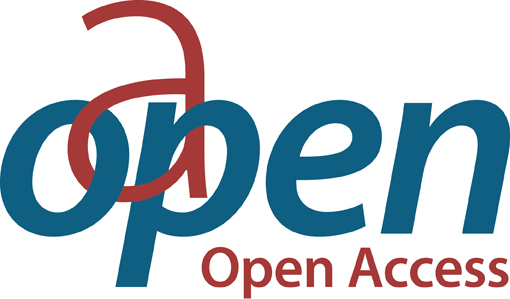Chapter Piattaforme di lavoro (e di lotta)
| dc.contributor.author | Staglianò, Riccardo | |
| dc.date.accessioned | 2024-12-20T12:30:23Z | |
| dc.date.available | 2024-12-20T12:30:23Z | |
| dc.date.issued | 2024 | |
| dc.identifier | ONIX_20241220_9791221503197_95 | |
| dc.identifier.issn | 2704-5919 | |
| dc.identifier.uri | https://0-library-oapen-org.catalogue.libraries.london.ac.uk/handle/20.500.12657/96299 | |
| dc.language | Italian | |
| dc.relation.ispartofseries | Studi e saggi | |
| dc.subject.classification | thema EDItEUR::N History and Archaeology::NH History::NHB General and world history | |
| dc.subject.other | gig economy | |
| dc.subject.other | future of work | |
| dc.subject.other | platform capitalism | |
| dc.title | Chapter Piattaforme di lavoro (e di lotta) | |
| dc.type | chapter | |
| oapen.abstract.otherlanguage | What are the platforms that intermediate work? And how is it that the maximum in technology is often matched by the minimum in rights? Born not coincidentally after the Great Recession of 2007/2008, the gig economy deludes workers of an autonomy in name only. With the worker not only bearing most of the business risks but also being relentlessly clocked by the algorithm that replaces the manager. An economy where only healthy young people can endure. With the added aggravation of always having to smile to earn a good rating from the end customer. The good news is that things, at least in terms of laws, are changing. In the United States as well as in Europe. | |
| oapen.identifier.doi | 10.36253/979-12-215-0319-7.168 | |
| oapen.relation.isPublishedBy | bf65d21a-78e5-4ba2-983a-dbfa90962870 | |
| oapen.relation.isbn | 9791221503197 | |
| oapen.series.number | 257 | |
| oapen.pages | 6 | |
| oapen.place.publication | Florence |

